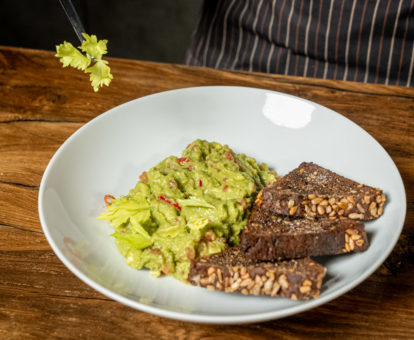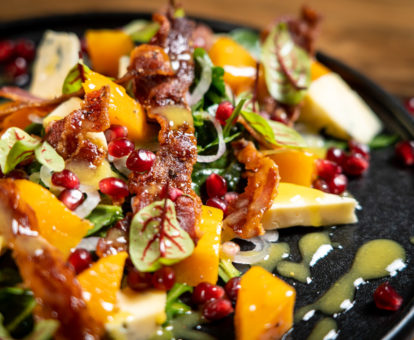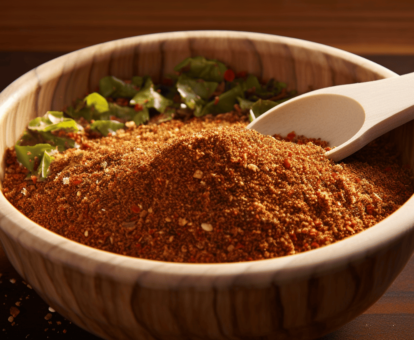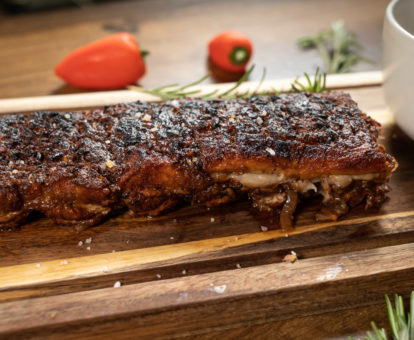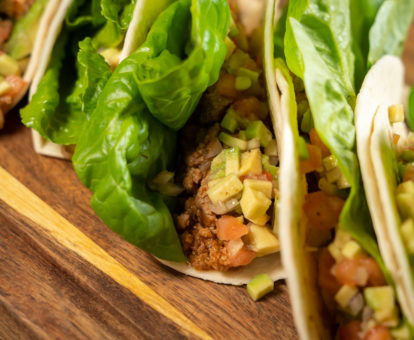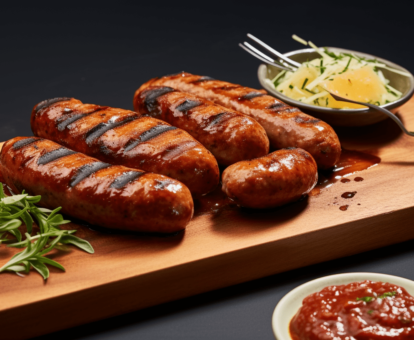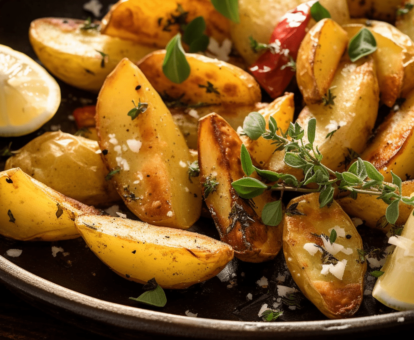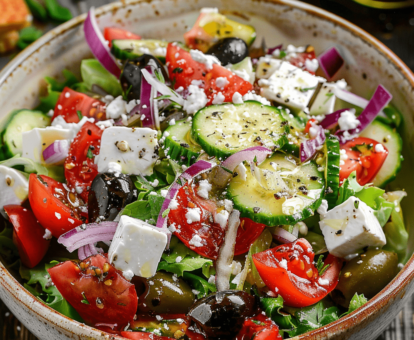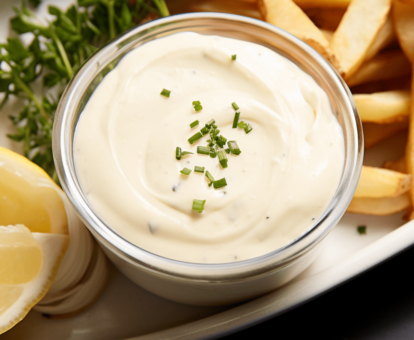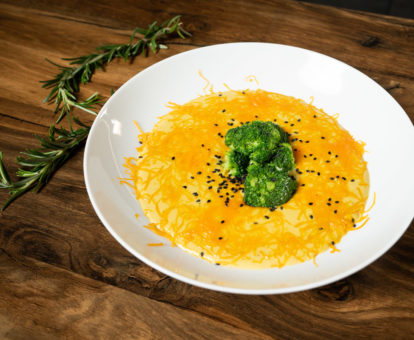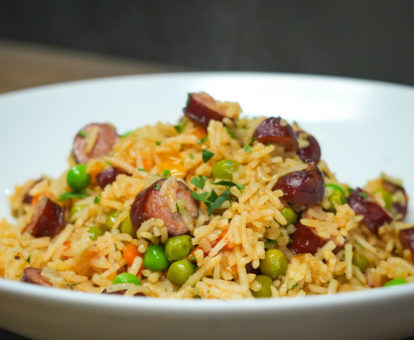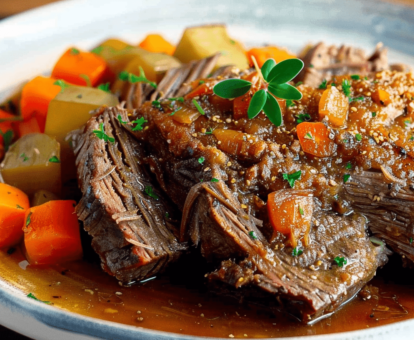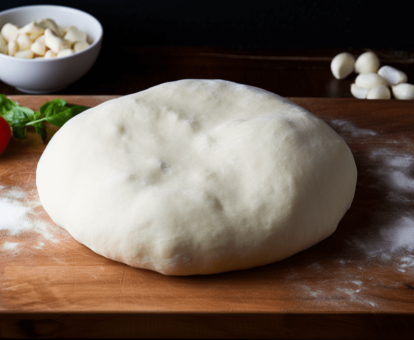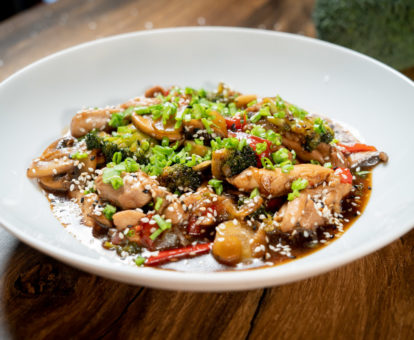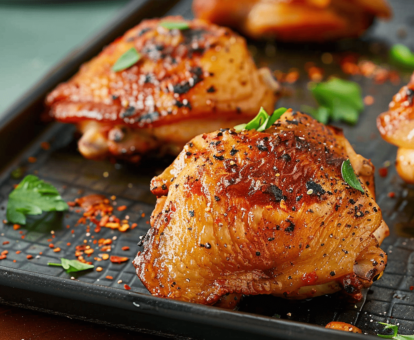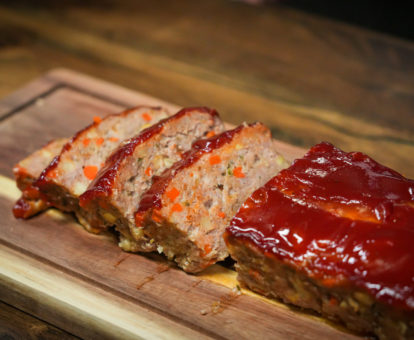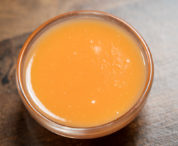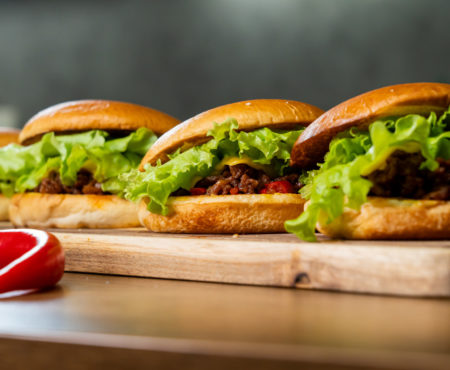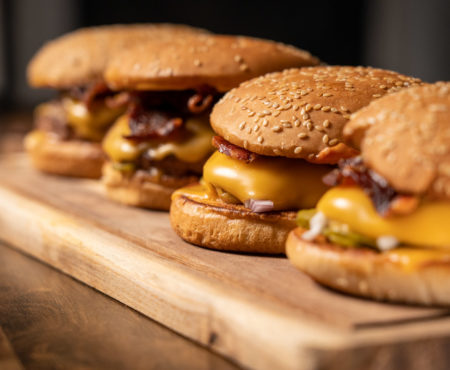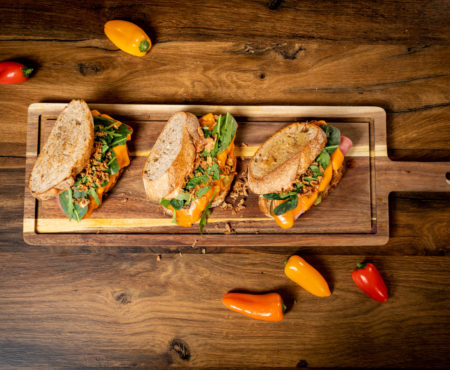4 hours 20 mins
Vadim Rachok
2 weeks 5 mins
Vadim Rachok
1 hour 50 mins
Vadim Rachok
1 hour 5 mins
Vadim Rachok
1 hour 25 mins
Vadim Rachok
1 hour 25 mins
Vadim Rachok
1 hour 10 mins
Vadim Rachok
1 hour 30 mins
Vadim Rachok
The Paleo Diet, often referred to as the "Caveman Diet," emphasizes foods that our Paleolithic ancestors might have eaten. This includes lean meats, fish, fruits, vegetables, nuts, and seeds. It aims to cut out processed foods, grains, legumes, and dairy, focusing on whole, unprocessed foods.
The Science Behind Paleo
This diet is rooted in the idea that modern eating habits are mismatched with human evolution, contributing to widespread health issues like obesity, diabetes, and heart disease. The Paleo Diet seeks to address these by encouraging a return to the types of foods our bodies are thought to process best.Who Should Consider a Paleo Diet?
The Paleo Diet can be particularly beneficial for individuals looking to improve their overall health, lose weight, or manage autoimmune conditions. It's also popular among athletes and fitness enthusiasts for its focus on lean proteins and high-quality fats, which can support muscle repair and energy levels.Identifying Paleo-Friendly Foods
Understanding what constitutes Paleo-friendly foods is crucial. This diet emphasizes food quality, advocating for grass-fed, pasture-raised, and organic options where possible. Avoiding processed foods and those with added sugars or artificial ingredients is a key component.Symptoms That May Improve on a Paleo Diet
Individuals might consider a Paleo Diet if they're experiencing digestive issues, low energy levels, inflammation, or difficulty managing weight. Many find that by adopting Paleo, symptoms related to these conditions improve significantly.Nutritional Considerations and Balancing Your Diet
While the Paleo Diet is rich in many nutrients, it's important to ensure a balanced intake, especially of fiber and certain vitamins and minerals that might be more abundant in excluded food groups. Strategic meal planning can help maintain nutritional balance.Adapting Recipes and Meals for a Paleo Lifestyle
Adapting to a Paleo lifestyle involves creativity in the kitchen. Many traditional recipes can be modified to fit Paleo guidelines, using substitutions like almond flour for wheat flour or coconut milk for dairy.Social Dining and Staying Paleo
Navigating social dining situations on a Paleo Diet requires planning and communication. Choosing restaurants with Paleo-friendly options or hosting dinner parties where you can control the menu makes maintaining this lifestyle easier.Sample Paleo Recipes to Inspire Your Journey
Embarking on a Paleo diet opens up a world of culinary possibilities. From hearty breakfasts to satisfying dinners, there are countless recipes that fit within Paleo guidelines, offering delicious and nutritious meal options.Conclusion
The Paleo Diet is more than a dietary choice; it's a lifestyle that encourages eating whole, nutrient-dense foods for better health and well-being. With the right approach, it can lead to significant health improvements, increased energy, and a more natural way of eating that aligns with our evolutionary heritage. As a nutrition expert, I advocate for a balanced approach to any diet, including Paleo. It's important to listen to your body and adjust your diet to meet your unique nutritional needs and health goals. Whether you're looking to improve your health or simply curious about the Paleo lifestyle, this guide aims to provide the foundation you need to embark on your Paleo journey successfully.